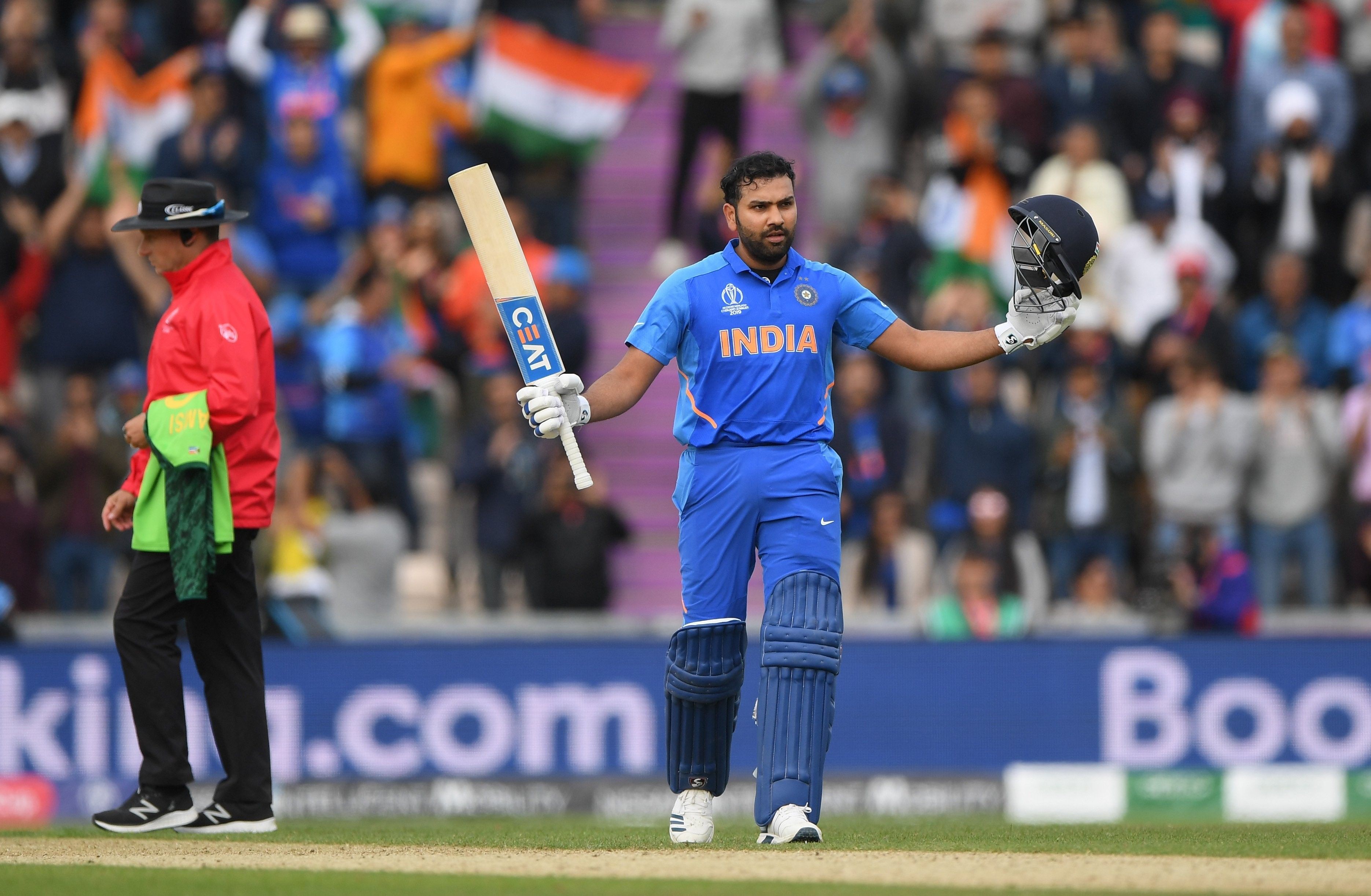
Amidst the dramatic shift in Indian cricket leadership, former cricketer Gautam Gambhir has emphasized the complexities involved in managing the formidable trio of Rohit Sharma, Virat Kohli, and KL Rahul.
The Challenges of Captaincy Rotation
With Rohit Sharma appointed as the new Test captain, replacing Kohli, and KL Rahul serving as vice-captain across formats, Gambhir highlights the "unprecedented situation" that requires delicate management.
"It's not just about rotating the captaincy; it's about managing three alpha personalities with different leadership styles," he observes.
Data from the past suggests the challenges of captaincy rotation. In England's recent Test series against New Zealand, they rotated Joe Root and Ben Stokes as captain in four successive matches, resulting in inconsistent performances.
Balancing Seniority and Performance
Kohli's exceptional Test record and experience as the former captain present a dilemma for the team management. Gambhir argues that while seniority should be respected, performance should ultimately dictate captaincy choices.
"Experience counts, but at the end of the day, it's about who's leading the team to victory," he says.
Looking at recent statistics, Kohli's Test batting average has seen a decline in recent years, while Rahul has emerged as a consistent performer in all formats.
Managing Ego and Team Harmony
Handling the delicate balance between individual egos and team harmony is crucial in this situation. Gambhir emphasizes the need for clear communication, open dialogue, and a shared vision among the players.
"It's about creating an environment where everyone is comfortable expressing themselves and working together towards a common goal," he explains.
Journal research in sports psychology has shown that team cohesion and player satisfaction are positively correlated with successful team performance.
The Path Forward
In Gambhir's view, the key to navigating this challenge lies in a collaborative approach:
- Clear roles and responsibilities: Define the roles of each player within the team and communicate them effectively.
- Open communication: Encourage regular dialogue among the players, captain, and coaching staff to address any concerns or differences.
- Performance evaluation: Regularly assess the performance of the team and individual players to inform decision-making.
- Focus on team success: Cultivate a culture that prioritizes collective success over individual recognition.
By adopting these principles, the Indian cricket team can navigate the complexities of the captaincy trio and emerge as a formidable force in the years to come.
Conclusion
Managing the captaincy of Rohit Sharma, Virat Kohli, and KL Rahul is a complex task that requires a balance of experience, performance management, ego control, and team harmony. By implementing a collaborative approach, the Indian cricket team can harness the strengths of these exceptional players and achieve sustained success.
The broader implications of this management challenge extend beyond the cricket field, highlighting the importance of effective leadership in managing diverse personalities and fostering a positive team environment in any organization or endeavor.